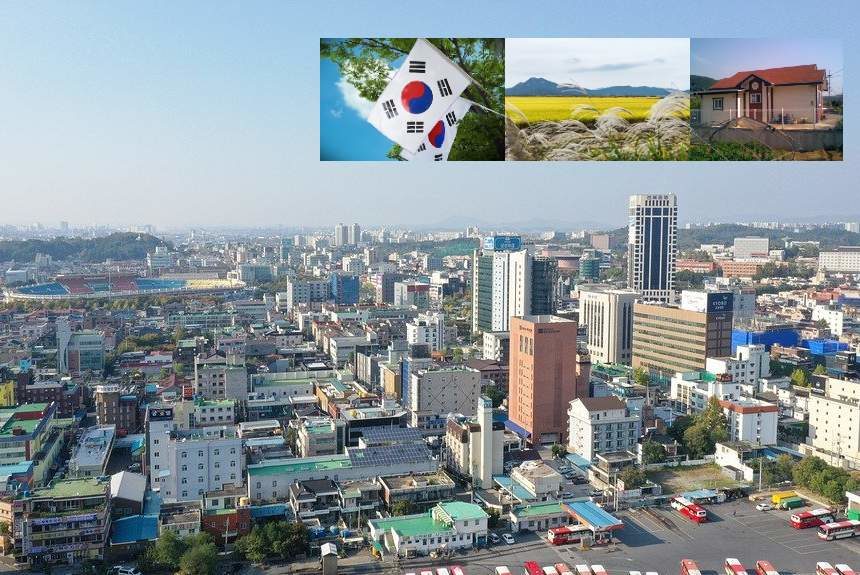The article on Carbon Brief explains South Korea’s attempt to achieve its ‘green aspirations’ by incorporating more renewable energy into its electricity mix while reducing its emissions.
It mentions that the country’s economic growth is driven primarily by energy-intensive and high-emitting industries such as steel, shipbuilding, and automotive, which are difficult to decarbonise.
Gabbatiss, J. (2020, April 6) says:
- South Korea’s emissions were 640m tonnes in 2015 and have doubled since 1990.
- It has pledged to reduce its emissions to 37% below business-as-usual by 2030.
- However, this emissions target is insufficient because its current policies would bring its emissions up to 786m tonnes or up to 155 per cent above 1990 levels by 2030, which makes the country’s emissions target and current policies highly insufficient.
Cutting South Korea’s emissions is challenging because its economic development is driven by its industries, and manufacturing accounts for 32 per cent of it. The article explains that an emissions trading scheme (ETS), a cap-and-trade system, is a key to reducing its emissions.
Electricity is the most significant contributor to South Korea’s greenhouse gas emissions. The nation’s power generation relies heavily on coal, and its efforts to decarbonise the sector have been slow.
The government-owned Korea Electric Power Corporation (KEPCO) controls the grid and monopolises electricity generation. Restructuring KEPCO is critical to reforming its energy system, allowing for more renewable energy. In 2018, only 6.2 per cent of renewable energy from waste and bioenergy was added to the mix, and just 1.9 per cent was used for solar and wind power.
South Korea has several climate policies. Recently, it developed the Green Growth policy, an economic recovery package that includes the environment while building the economy after the pandemic.
However, the government has been criticised for its inaction to follow this policy.
Climate Change and Adaptation
The article states that South Korea’s temperature has increased by 1.4 degrees Fahrenheit, affecting its well-defined four seasons.
Their summers have become longer, increasing from 80 to 110 days that started in 1910 and 110 to 149 days in the 2010s. In the summer of 2018, a record heatwave hit the whole country, and temperatures in Seoul reached 39.6°C.
Residents along the coasts are feeling the impacts of increased storm surges. Due to rising sea temperatures, the intensity of typhoons has increased by 50% in the last 40 years.
The country is also vulnerable to wildfires, in 2019 Goseong county experienced the largest wildfire on record.
The article mentions that 2008 the country published its national climate change adaptation master plan for 2009 to 2030. Vulnerable sectors identified in the program include infrastructure due to extreme natural events and public health from infectious diseases spread and heatwaves.
Click the button below to read the entire article and learn more about Korea’s carbon profile, climate change policies, and efforts to transition to renewable energy while sustaining its economic growth.
Source
Gabbatiss, J. (2020, April 6). The Carbon Brief Profile: South Korea. Retrieved from https://www.carbonbrief.org/the-carbon-brief-profile-south-korea



Leave a Reply